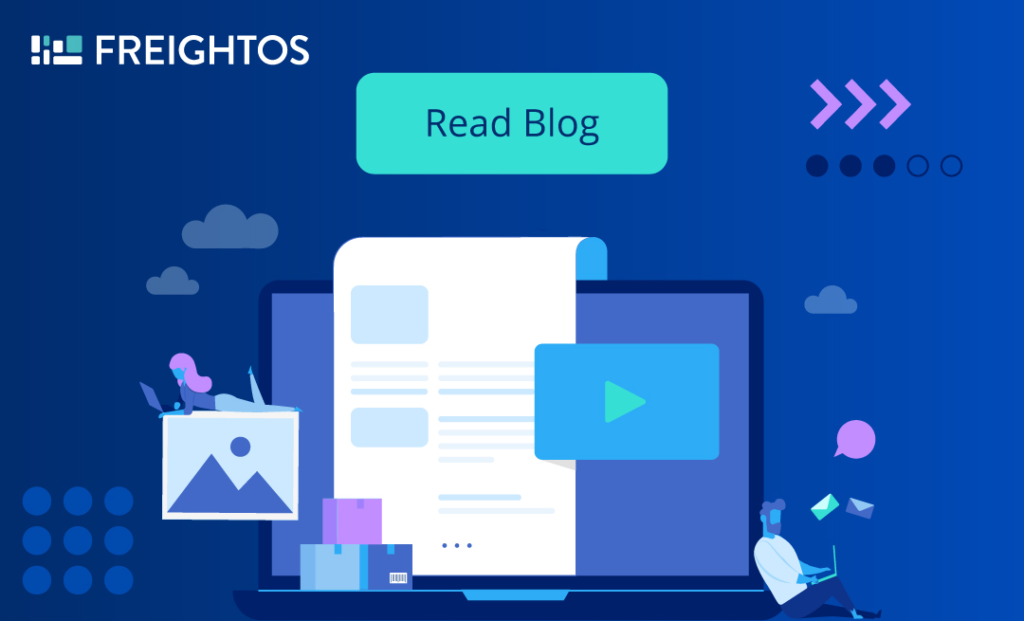Let’s get this out of the way: the air cargo industry is no longer allergic to technology. We’re not where we need to be yet – not even close – but the excuses are starting to wear thin. Over the past six years, we’ve watched the needle move from static PDFs and “call me for a rate” to over 1 million eBookings happening every year…on one platform alone.
But here’s the kicker: this isn’t just about volume. It’s about who’s adopting, how, and why now. I recently sat down with Jyothi Shankaran from the STAT Times to unpack what’s working, what’s stalling, and why AI, multimodal workflows, and smart quoting are reshaping the landscape for airlines and forwarders alike.
Read the full STAT Times feature here
Here’s a taste of what we covered.
eBooking Has Exploded. But What Comes Next?
In 2019, WebCargo recorded its first digital air cargo booking. Today? We’re clocking over 1 million bookings annually, with more than 70 airlines and GSAs live, representing over 70% of global air cargo capacity. That kind of scale doesn’t just “happen.” It’s the result of a hard pivot by airlines toward API-driven booking and smarter distribution strategies.
But the real story isn’t the number of bookings – it’s where they’re coming from. Adoption isn’t just happening in tech-forward hubs like Germany or Singapore. It’s creeping into traditionally analog strongholds like Hungary, where forwarders are still negotiating rates like it’s 1995.
Spoiler: Even in these markets, digital is proving to be a negotiation power-up – not a replacement.
Pricing Is Still a Mess – and That’s the Opportunity
Let’s talk about volatility. A single lane can swing up to 80% in rate variation within a week, and sales teams spend up to 43% of their time just quoting.
That’s not a pricing strategy. That’s triage.
We dive into how forwarders are starting to use real-time benchmarking – not last month’s Excel tabs – to quote competitively and protect margins. Meanwhile, airlines are leveraging AI models that predict forwarder behavior with ~90% accuracy, allowing them to balance revenue, profit, and conversion rate – in real time.
This isn’t sci-fi. This is today – just refined and scaling fast.
AI Isn’t Coming. It’s Already in the Room.
From quote generation to email parsing to price sensitivity modeling, AI is already doing the grunt work – freeing up humans to do what we do best: build relationships and make judgment calls.
A few use cases we discussed:
- Auto-fill tools that extract shipment data from documents in seconds
- AI-driven quote optimization, tailored by weight break and trade lane
- Content generators that craft personalized messages across languages and markets
- Predictive demand models that fine-tune pricing based on conversion likelihood
The key takeaway? AI isn’t replacing the human in the loop. It’s making the loop way, way smarter.
Multimodal Isn’t the Future. It’s Already on the Dashboard.
Air cargo doesn’t exist in a vacuum. Ocean and land modes are increasingly part of the same conversation – especially for forwarders juggling modal shifts due to capacity crunches, regulatory swings (hello, US de minimis), or volatile rate dynamics.
Freightos is already facilitating multimodal quoting across air, ocean (FCL + LCL), and ground (LTL) – and the real innovation isn’t in connectivity, but in orchestration. Think centralized rate intelligence, API synchronization, and capacity-aware quoting. It’s complex – but it’s live.
And as volatility becomes the default setting in global trade, the ability to shift gears mid-route will become a competitive advantage, not a workaround.
What’s Next? Hint: Full-Stack Digitalization
In the interview, I laid out a vision for the next 5–10 years that includes:
- Predictive quoting based on behavioral and trade lane data
- Real-time optimization of rate and capacity
- Instant quote-to-cash workflows (yes, really)
- Automated auditing and reconciliation that actually works
And yes, it’s all powered by AI + unique market data – because one without the other just doesn’t cut it.
Tech in air cargo isn’t lagging because people don’t want it – it’s lagging because complexity got in the way. But that wall is coming down fast.
Now the question is: Are you ready to build on it?
So, if you’re in this space – whether you’re managing global procurement or figuring out how to bring some sanity to your quoting process – this one’s worth a read.


